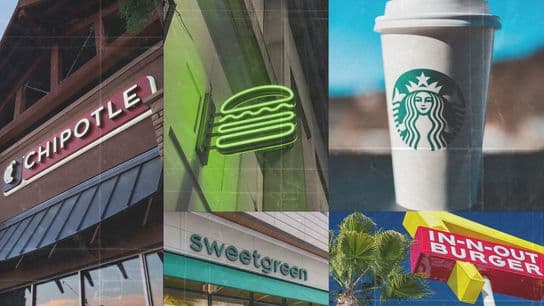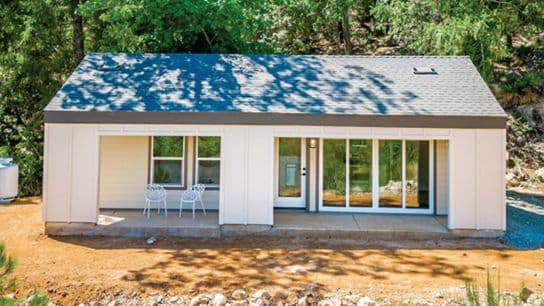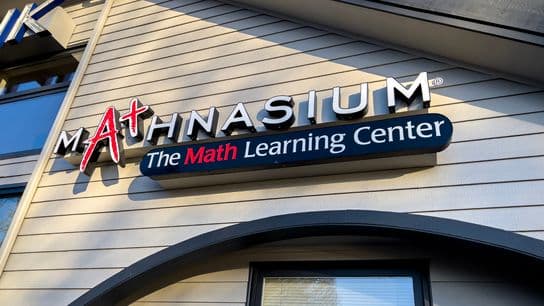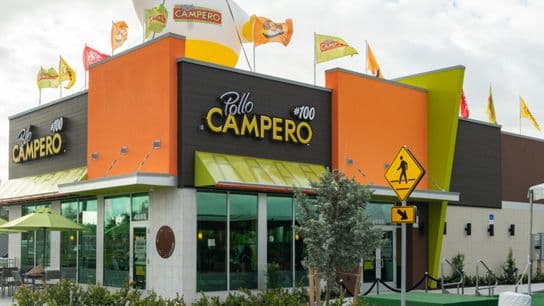What Hawaii's Economic Outlook Means for Franchisors
If you’re a franchisor looking to develop your business in Hawaii, you’ll want to consider the state’s policy variables and growth rates when scaling your plans.
This summer, ALEC-Laffer published their annual Economic Competitiveness Rankings, which forecasts a state’s current standing within 15 state policy variables. The report features two different rankings: Economic Outlook — a forecast based on a state’s current standing in 15 state policy variables — and Economic Performance — a retrospective measure based on a state’s performance over a 10-year period from 2008 until 2018. For the state of Hawaii, these rankings reveal a lot about where the state economy is going and where there is opportunity for its economy to grow.
- 2020 Outlook Ranking: 44
- 2008–2018 Performance Ranking: 22
The State
Historically, tourism has been the driving force behind Hawaii’s economy. With travel restrictions brought on by the COVID-19 pandemic, the archipelago is suffering. On March 1 — just days before the virus struck the U.S. hard — nearly 29,000 people arrived on the Hawaiian islands. By March 31, that figure dropped to 301 — a fall of 98.9 percent compared to the same day last year.
In the months that followed leading to June, the average unemployment rate was 18.5 percent — 115,000 of those positions were non-agriculture payroll jobs. Data shows that all industry sectors lost jobs, leisure and hospitality accounting for 58.7 percent of those jobs. As an extension of the declining hospitality industry, retail has suffered as well. A recent study suggests that nearly 900 businesses on Oahu alone have temporarily or permanently closed since the island’s initial shutdown. Without tourists to sustain these businesses they are likely to continue to fail.
Making Sense of the Data
What does this mean for Hawaii’s economy? To start with the Economic Performance report, the index shows that within the past 10 years, Hawaii has been outperformed by 32 other state economies. The performance index is based broadly on a state’s performance within State Gross Domestic Product (GDP), Absolute Domestic Migration and Non-Farm Payroll Employment. The category that slowed the island state down was Absolute Domestic Migration. Hawaii lost 61,895 of its population over the past 10 years, leaving it with a ranking of 36th among the 50 states. The Aloha State ranked well in Non-Farm Payroll at 19th and 15th in state GDP, demonstrating that the economy is diversifying outside of agriculture and growing in number of produced goods and services.
The Economic Outlook tells another story about the Hawaii economy. The ranking is based on a state’s current standing in 15 state policy variables. Each of these factors, ranging from sales tax burden to state minimum wage, are influenced directly by state lawmakers through the legislative process. In this ranking, Hawaii is seated 44th. Although the state has demonstrated consistent growth in the past decade, ALEC-Laffer indicates that recent legislation will have an adverse effect on its economy. With high sales and remaining tax burdens, Hawaii is projected to perform at the end of the scale among the 50 states.
The report indicates that, generally speaking, states that spend and tax less experience higher growth rates than states that spend and tax more. While this is an important finding for entrepreneurs looking to start their own business, it shouldn’t discourage them from investing in their dream franchise if they're in a market with a slower growth rate. For states like Hawaii, ALEC-Laffer projects this mitigates opportunity to grow. In a state where tourism and production are likely to continue to be affected by the COVID-economy, Hawaii may need to look to other means for economic growth.
When it comes to deciding where franchisors should develop their brand, it’s always important to look at the complete picture of what the region has to offer. If Hawaii can diversify its economy through new business opportunities, the state may be able to turn things around in the next decade.
Franchise Growth Plans
So what should franchisors do with this information? Though most franchisors take a shotgun approach — meaning wherever a prospect franchisee inquires, the franchisor will typically entertain that marketplace — the strategy of looking at these overall policies can help them scale their business at a more efficient rate. With that said, the findings within the report should not be the deciding measure for franchisors, but they should play a role in the decision.
Sylvan Learning*
- Current units in state: 2
- Growth capacity in state: 9
- Total jobs created at max growth capacity: 90
John McAuliffe, Sylvan Learning CEO, seconded the notion of strategic growth. According to the early education franchisor, the state has opportunities for the right businesses that currently fit the needs of the population.
“We pick areas to focus our franchise development efforts based on demographic data we receive from our mapping system provider,” said McAuliffe. “We look for areas with a high concentration of families with school age children whose annual income is $50k or above. We also look at some other factors such as shopping centers, where tutoring centers can be located, schools and competition.”
AWATFit
- Current units in state: 0
- Growth capacity in state: 5+
- Total jobs created at max growth capacity: 5+
Richard Decker, founder and CEO of mobile fitness brand AWATfit said areas where weather is consistently warm are ideal for the brand, although their model is adaptable to any climate.
“Aside from expanding in our home state of New York, we are looking to grow in other states like Texas, Florida, Arizona where the population grows exponentially daily,” said Decker. “We also look into new home permits, school expansion and population drivers. Finally, when identifying places to grow, we look at the average income, average home price, tourism, colleges and climate, as well.”
TWO MEN AND A TRUCK*
- Current units in state: 0
- Growth capacity in state: 1
- Total jobs created (at max growth capacity): 23
Franchise Development Specialist at TWO MEN AND A TRUCK Cheryl Ackley said that their approach to development is predicated upon a variety of aspects and this process is the same in every state, including New York.
“At TWO MEN AND A TRUCK, we look at many different pieces when defining territories, specifically using data on individual household incomes, population, and ZIP codes,” said Ackley. “These reflect how the full-service moving experience will impact our communities in a positive way by moving our customers forward”.
Franchise Brands Headquartered in Hawaii
*This brand is a paid partner of 1851 Franchise. For more information on paid partnerships please click here.









